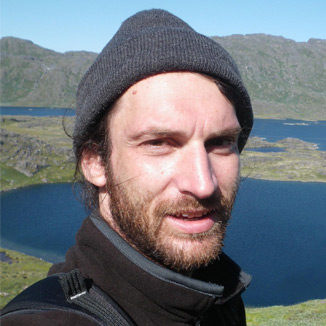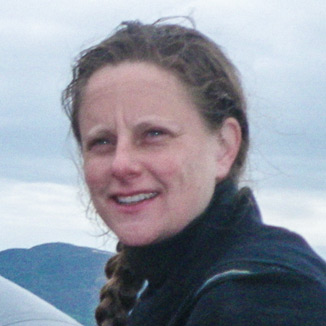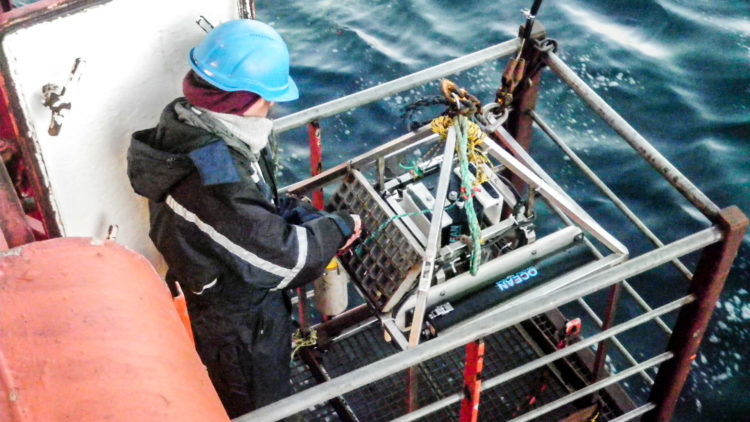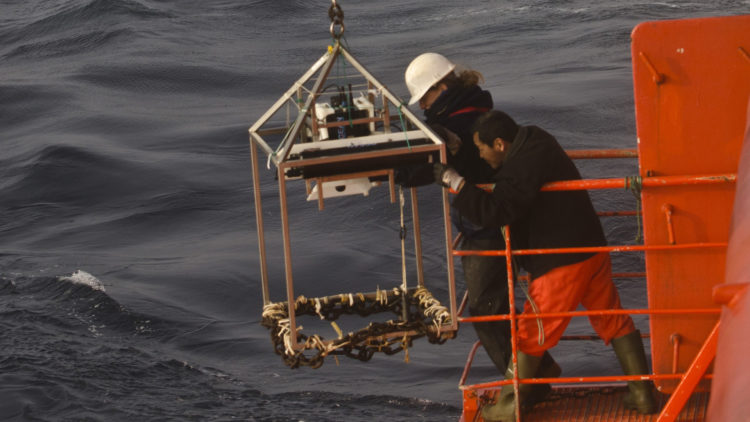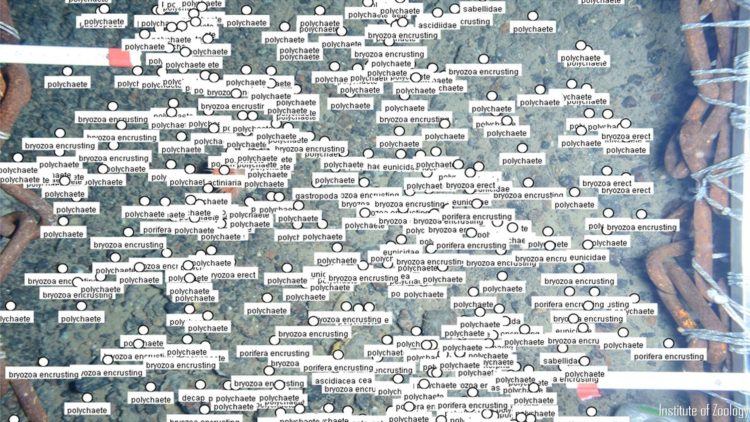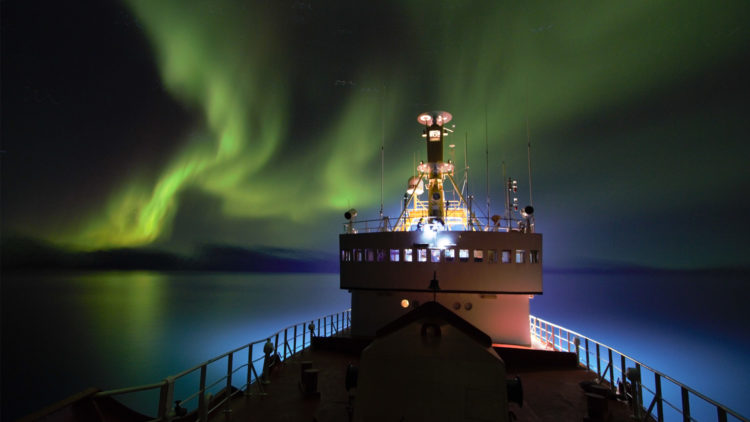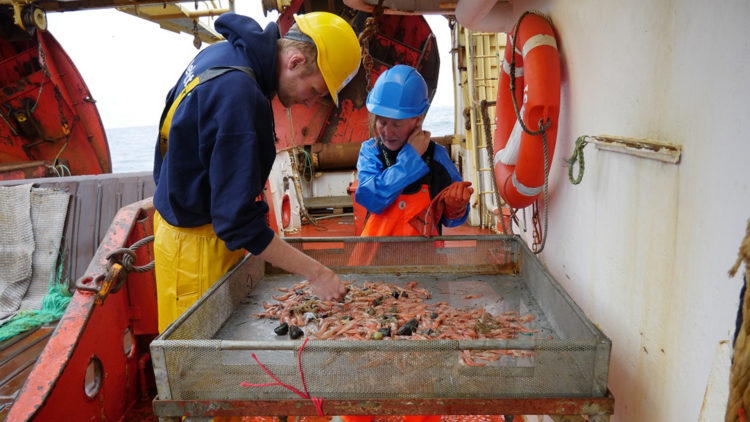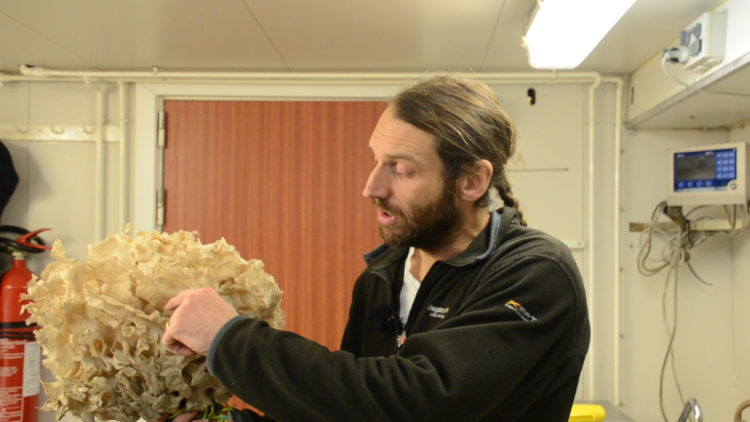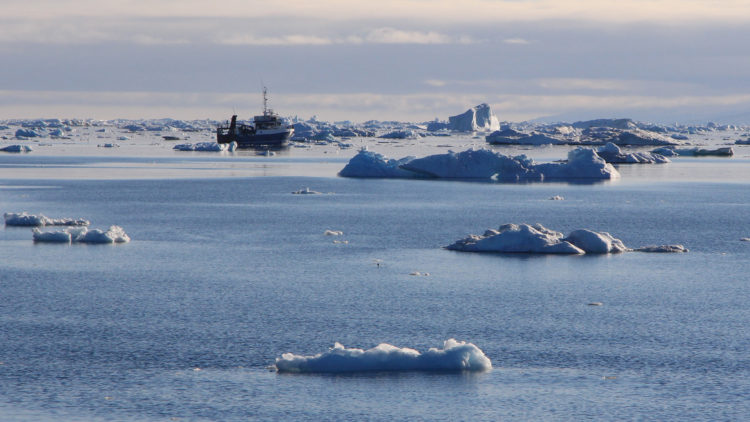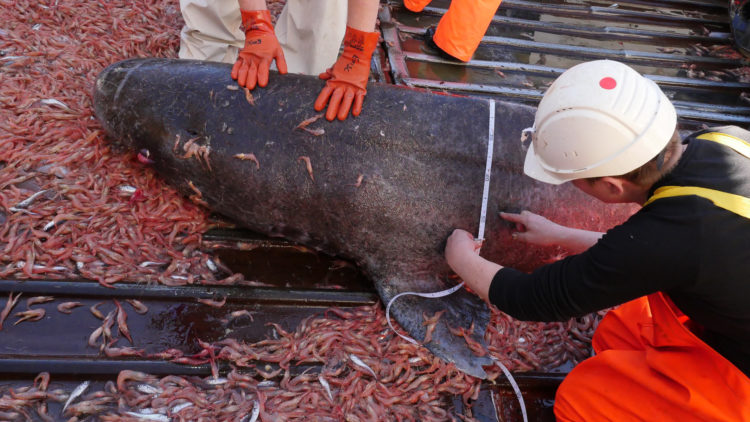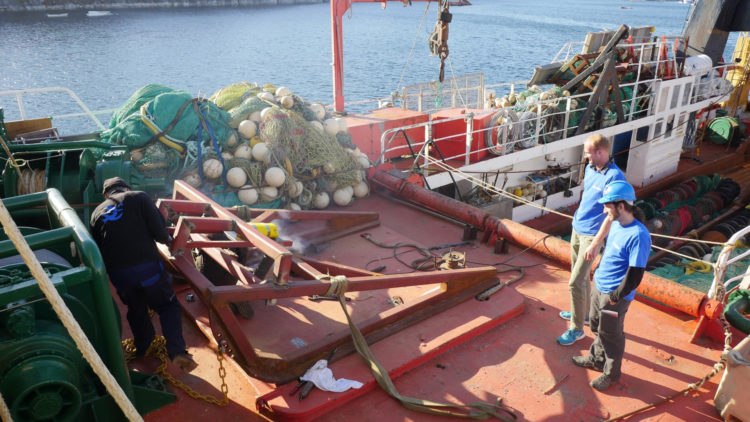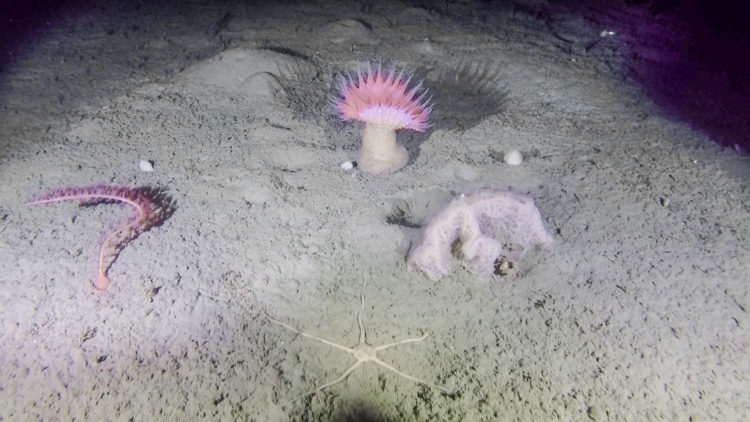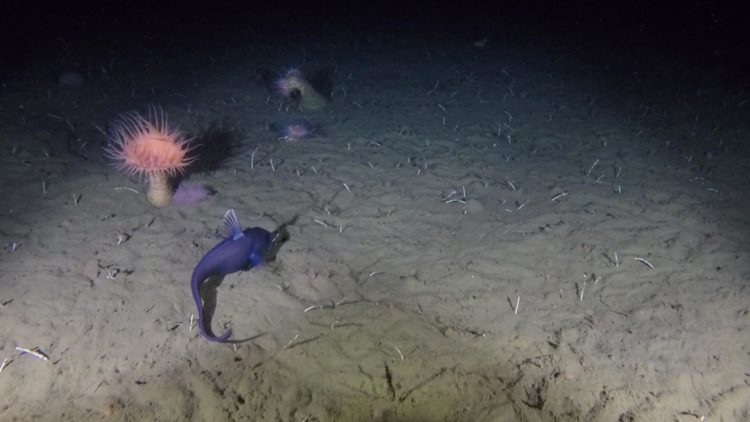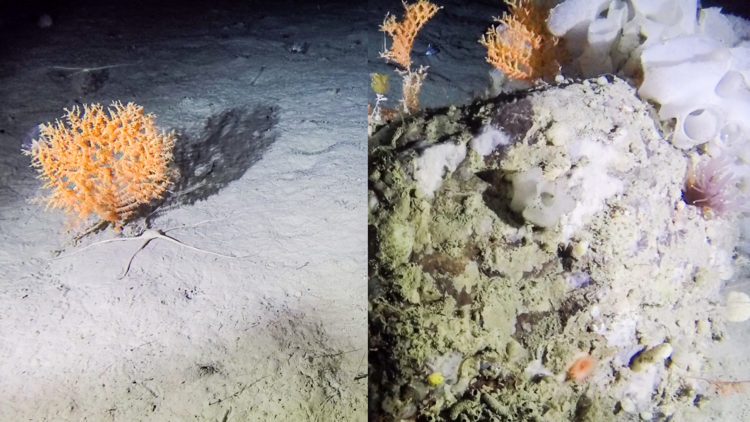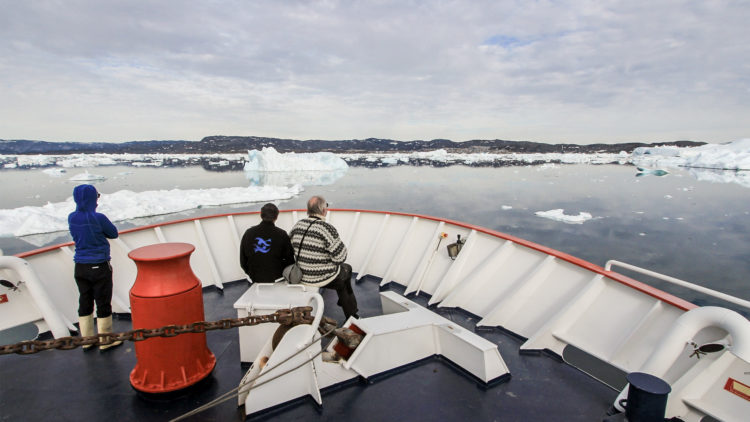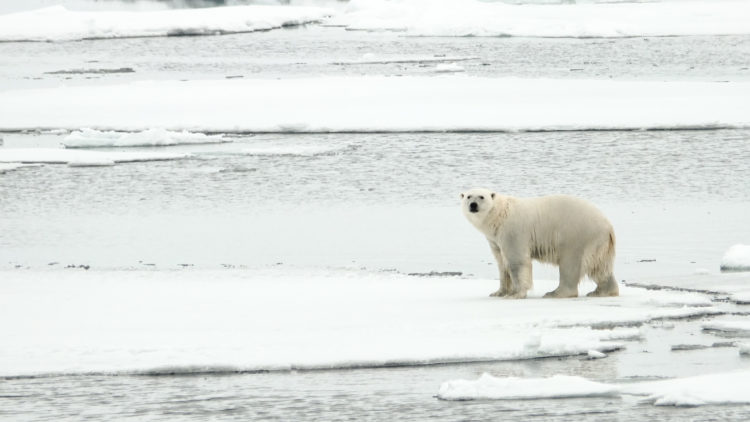Did you know that the deep seafloor of Greenland is home to the most amazing creatures? You have certainly heard of corals in the tropics, but in fact, there are also corals in the cold and dark waters of the Arctic! They share their home on and in the seafloor with feather stars, sea cucumbers, flatfish and skates, to only name a few!
In Greenland and many other places, humans catch valuable flat fish such as halibut, and other creatures like prawns that live on the seafloor. To do this we use bottom trawls – large nets with heavy “doors” (weights) that drag over the seafloor. This fishing practice can damage or displace delicate organisms which cannot escape.

